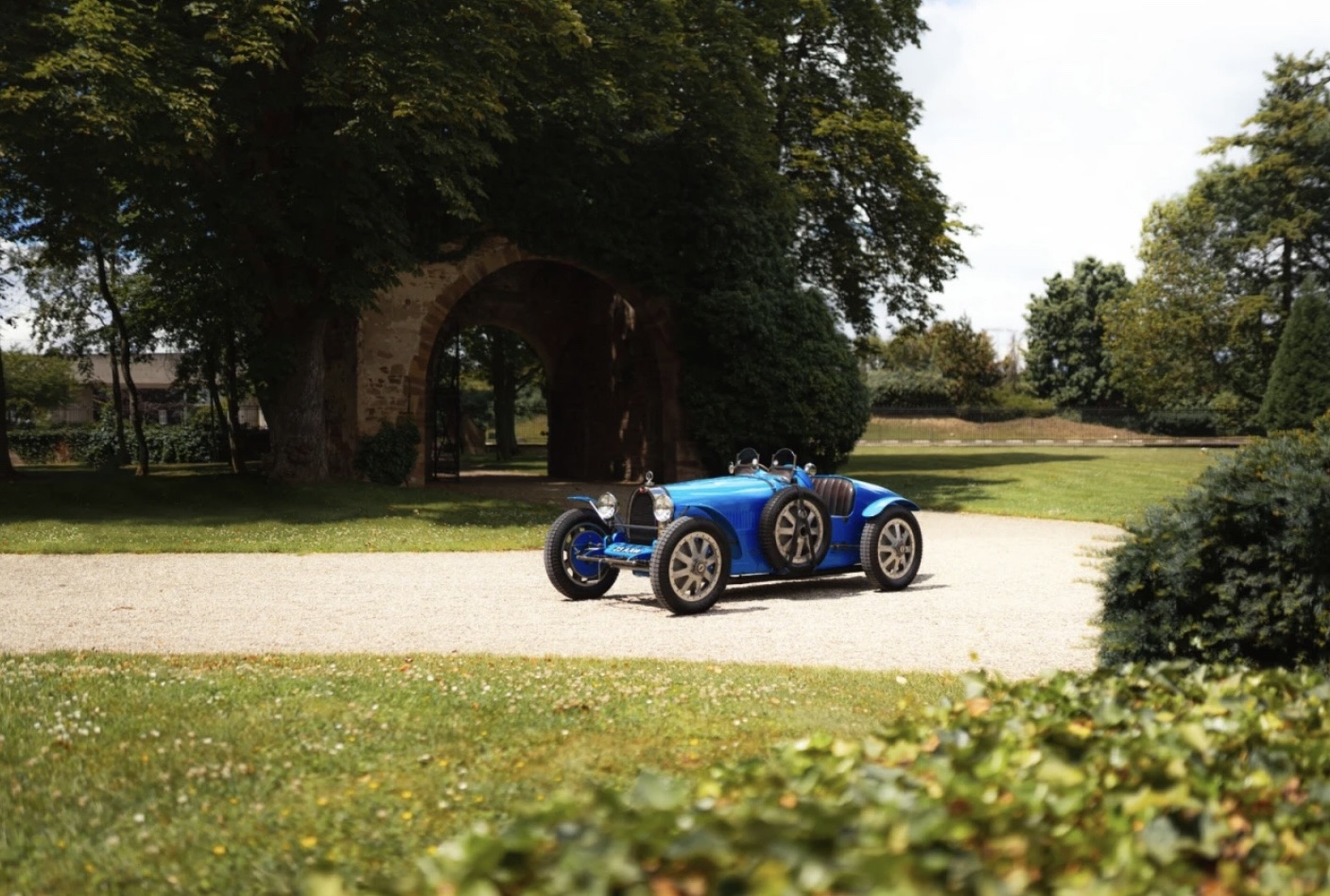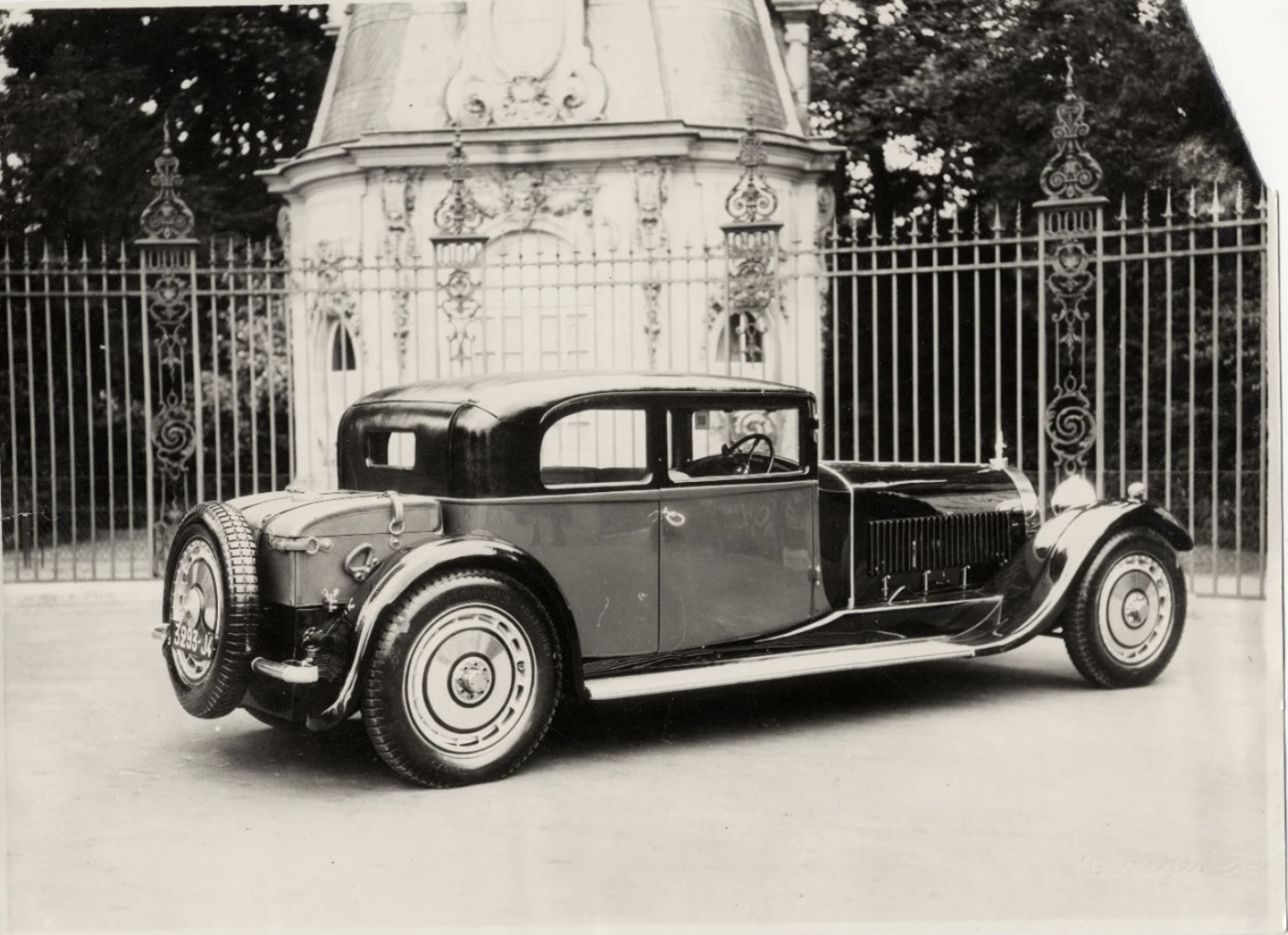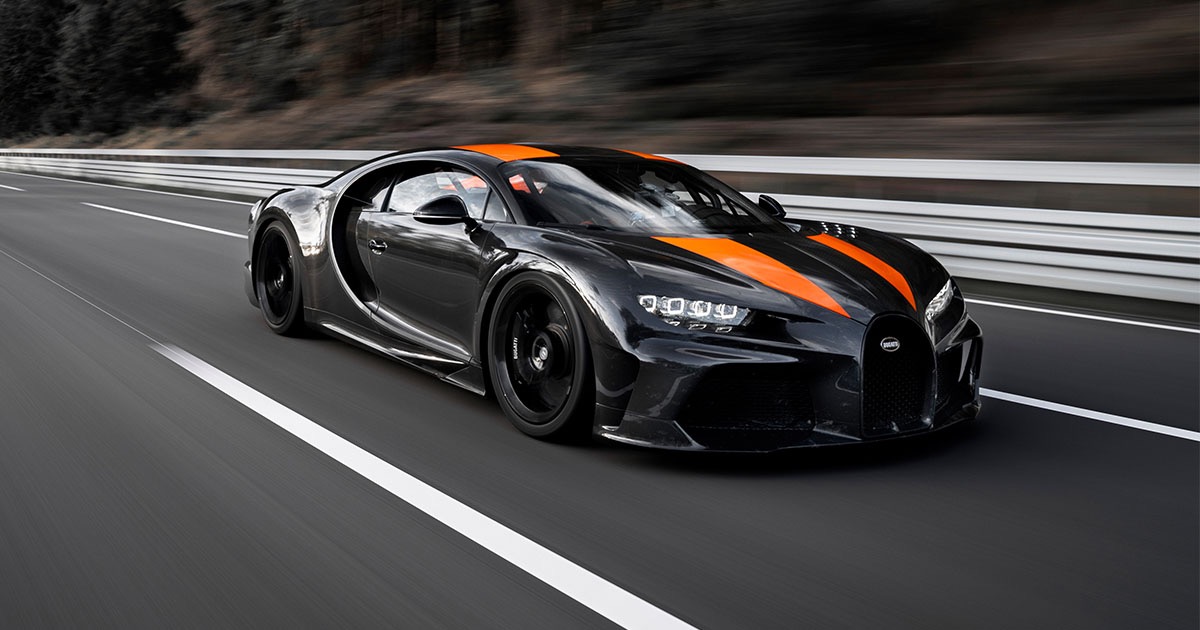
Photo credits: Bugatti Instagram.
Few names in the automotive world carry the weight of Bugatti—a brand synonymous with precision, power, and timeless design. Founded in 1909 by Italian-born visionary Ettore Bugatti in Molsheim, then part of the German Empire’s Alsace region (now France), Bugatti emerged from a family steeped in art. Ettore’s father, Carlo Bugatti, was a celebrated Art Nouveau designer, and this creative lineage shaped the brand’s early ethos: engineering as an art form. From the outset, Bugatti cars stood out for their meticulous craftsmanship and racing prowess, with models like the Type 35 dominating tracks in the 1920s and the Type 41 Royale redefining luxury.

Photo credits: newsroom.bugatti.com. Ettore Bugatti.
Ettore’s journey wasn’t without hardship. The death of his son Jean in 1939, killed while testing a Type 57 near Molsheim, and Ettore’s own passing in 1947 marked the end of the original era. After producing around 8,000 cars, the company faltered, ceasing production in the 1950s until its revival in 1987 by Italian entrepreneur Romano Artioli. In 1998, Volkswagen Group took the helm, ushering Bugatti into the modern age with the Veyron—a car that hit 1,001 horsepower and redefined hypercar standards in 2005. Today, Bugatti operates as Bugatti Rimac, a joint venture formed in 2021 between Rimac Group (55%) and Porsche AG (45%), led by CEO Mate Rimac, a Croatian innovator pushing electric performance boundaries, alongside COO Christophe Piochon, who ensures Molsheim’s legacy endures.

Photo credits: newsroom.bugatti.com. Bugatti the Type 35.

Photo credits: newsroom.bugatti.com. Bugatti the Type 35.

Photo credits: newsroom.bugatti.com. Bugatti the Type 41 Royale.
Bugatti’s story is one of resilience. The Type 35 won over 1,000 races, including five straight Targa Florio victories from 1925 to 1929. In 1929, a Bugatti clinched the first-ever Monaco Grand Prix, cementing its bond with the Principality—a connection that endures as Monaco’s streets remain a showcase for Bugatti’s hypercars, from the Chiron to the Divo. Another gem: the Chiron Super Sport 300+ became the first production car to break 300 mph in 2019, hitting 304.773 mph—a testament to Bugatti’s relentless pursuit of the extraordinary.

Photo credits: bugatti.com. The Chiron Super Sport 300+.
Monaco’s tie to Bugatti isn’t just historic—it’s visceral. The Principality’s tight, iconic circuit demands precision, a trait Bugatti has mastered since that 1929 victory. Today, its cars gleam along the Côte d’Azur, a rolling tribute to Ettore’s dream. As an actress and filmmaker, I’ve seen Bugatti’s cinematic pull. The Veyron roared into Mission: Impossible – Ghost Protocol (2011), its sleek lines amplifying high-stakes tension, while the Chiron stole scenes in Fast & Furious Presents: Hobbs & Shaw (2019), embodying raw power. These roles aren’t just cameos—they’re Bugatti’s spirit on screen, inspiring awe as they do on Monaco’s roads.
From Ettore’s first designs to Mate Rimac’s electric ambitions, Bugatti remains a beacon of what’s possible—a blend of heritage and horizon, forever linked to Monaco’s legacy of excellence. Yet, as Bugatti evolves, a deeper truth emerges: if comparable, it is no longer Bugatti.

